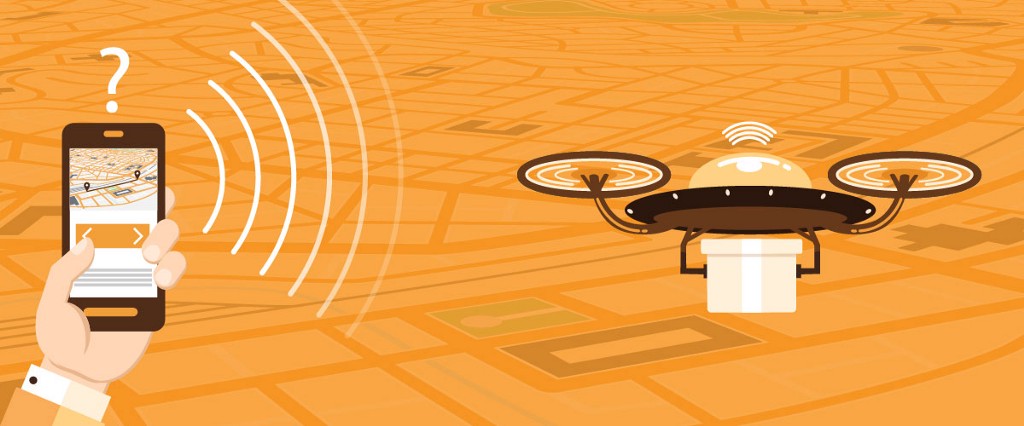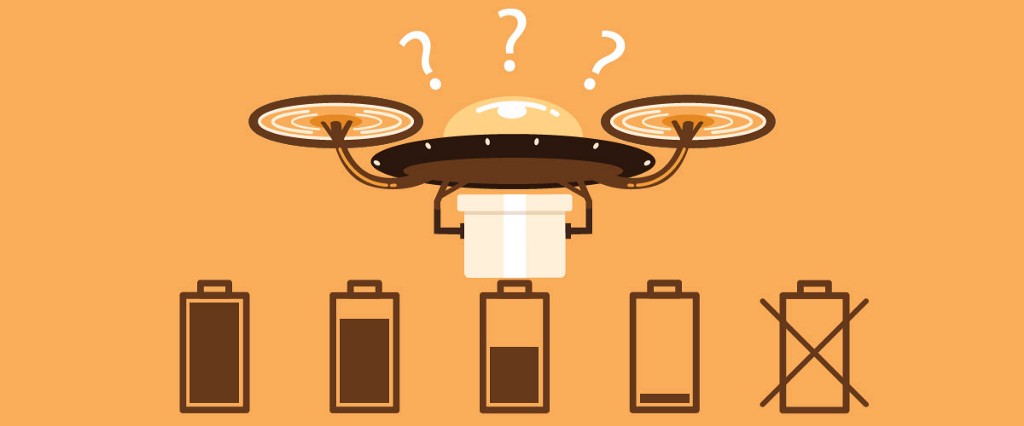How Does a Drone Optimize its Routes?
Ever played the classic Grand Theft Auto? Ever made a drone drop in the game? That’s delivery route planning. Technology has caught up to make that experience much more sophisticated. You can actually pick and drop items using just your basic smartphone. Imagine using your drone to pick up milk from the roadside vendor while operating from your balcony. The simple pleasures of life just got a little simpler. No, it won’t drop your kids to school; you still would have to do that. But for everything else, there is the drone.
Drone technology is constantly on the upswing. Innovations and developments happen more frequently. There are some regulatory restrictions, like no-fly-zones for the aerial routes. But most of the companies are working with the regulations to optimize route planning.
We will see now how drones can be used to act as a catalyst for delivery route planning.
Drones can go from point A to point B using the GPS synchronized internal compasses. The pick-up point is calibrated as the Home station. (In case of a malfunction, or loss of connection, the drone automatically comes back to the Home point). The destination is programmed in the software and an outside controller guides the drone along the fastest path through proper delivery route optimization.
A camera is attached to a platform capable of 360 degree rotation. There are different sensors within the drone, such as the accelerometer and gyroscope that help stabilize the drone.
Let’s take a look at the algorithm that the software uses to maintain the ideal flight path. The camera detects surrounding objects. The processor calculates the relative distance from the source and the destination based on the vicinity of the surrounding objects. It is literally like a passer-by giving you directions to take a left from the traffic signal. The GPS is the passer-by. The algorithm frequently fine-tunes its path. This is helped by dynamic route planning calculations.
The camera identifies a proper landing site (even and stable) near the delivery location. It makes a gentle landing, drops the package, and lifts off to the Home location.
There are some technical restrictions, but they have been worked around.

Drone Network Range
There is a limited range within which the drone and the controller (Home) would maintain connectivity.
This is where the delivery route planning and delivery route optimization features have a big say. Many big logistics players, within the Indian market itself, like LogiNext, have been consistently utilizing route planning to streamline their deliveries. The amount of ground knowledge that an established company like LogiNext has can be used to for creating connection-boosters at strategic locations for different delivery routes.
Another restriction is…

Drone Battery Range
There is a limited amount of battery power within a drone.
We can solve both these problems by proper delivery route planning.
Suppose a drone has a range of 1 km, and the delivery destination is at a distance of 10 km. The benefit of proper delivery route optimization is that there is already an existent delivery network. LogiNext has established logistics checkpoints all around the city. The destination location would have a checkpoint within 5 km of range.
- The drone can take off from the Home location.
- Get a connection boost at 1 km checkpoints.
- Get a recharge at the 5 km checkpoint. (Preferably a hub of operations)
- Move on through the next checkpoints.
- And then on to the destination.
If the delivery destination is within 5 km, (with an established delivery network, such as LogiNext, you can have almost all destinations within 5 km of your checkpoints) then the delivery can be within half an hour.
Let’s look at some innovations in drone technology which would enable further delivery route optimization.
Self-Learning Algorithm
There are many things that cannot be predicted by the GPS. Such as a new billboard that pops up overnight along the street. The drone can learn the surroundings on its path in order to enhance its route planning ability.
Auto-Flight
The auto-flight system has been a success, although commercial use is a far point. Auto-flight would enhance drone speed and help in delivery route optimization. It would also perform real-time calculations to avoid sudden route intrusions. This would be big help during Makar Sankranti and all the kites flying around.
Longer Battery Life and Range
This innovation would bring more flexibility in delivery route planning and execution.
Attending a recent event, Dhruvil Sanghvi, CEO of LogiNext, said, “There are many such innovations and developments in store, but drones seem like the probable future of delivery systems” hinting on a possible endeavor for LogiNext.

- delivery management
- delivery management software
- Delivery Management System
- Drone
- Drone Delivery Management
- Field Service Management
- Flying
- Flying Cars
- Last Mile Delivery
- last mile delivery and logistics solutions
- last mile delivery app
- last mile delivery logistics solutions
- last mile delivery management
- Last Mile Delivery Software
- Logistics Management
- Logistics Management Software
- Logistics Management Solutions
- on demand delivery
- on demand delivery management
- on demand delivery service
- on demand delivery services
- ondemand delivery
- Software for delivery management








Hello there! I could have sworn I’ve been to this website
before but after checking through some of the post I realized it’s new to me.
Anyhow, I’m definitely happy I found it and I’ll
be book-marking and checking back often!
Spot on with this write-up, I truly suppose this website needs much more consideration. I’ll in all probability be once more to read far more, thanks for that info.